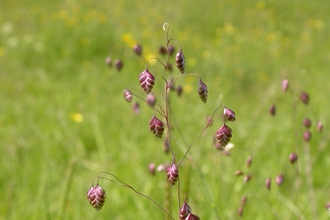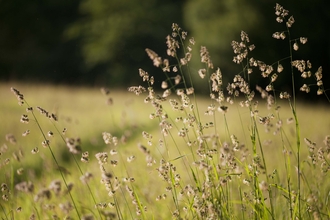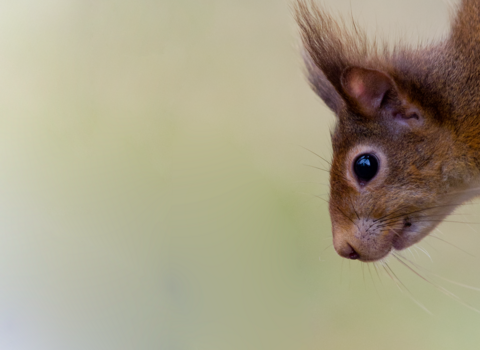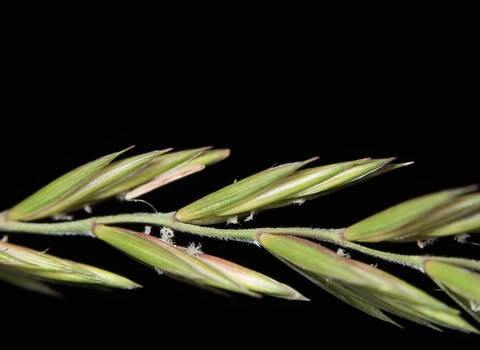
Brian Eversham
Common couch
Common couch is a tall, tuft-forming grass of roadside verges, waste ground and arable land. It is very tough and can shade out more delicate plants. Look for flat, blade-like leaves and thin flower spikes.
Scientific name
Elytrigia repensWhen to see
January to DecemberSpecies information
Category
Statistics
Height: up to 1.5mConservation status
Common.
Habitats
About
Common couch is an abundant, tuft-forming grass of cultivated ground, waste ground, roadside verges and other rough ground. It flowers from June to August, and has long, tough roots, helping it to spread from hedges and field margins into crops, becoming a nuisance to farmers. It can form dense stands that shade out other, more delicate grasses and plants, but it does provide food for the larvae of Speckled Wood and Ringlet butterflies.How to identify
Common couch has green, fat, blade-like leaves, but long, thin flower spikes. Tiny, golden spikelets appear at the ends of the stems in rows.Distribution
Widespread.Did you know?
Common couch is also locally known as 'twitch', 'couch grass', 'wickens' and 'Grandmother grass'. Its roots are known to be a mild diuretic and were gathered for this purpose during the Second World War.How people can help
Our gardens are a vital resource for wildlife, providing corridors of green space between open countryside, allowing species to move about. In fact, the UK's gardens provide more space for nature than all the National Nature Reserves put together. So why not try leaving wilder areas in your garden, such as patches of buttercups in your lawn or nettles near your compost heap, to see who comes to visit?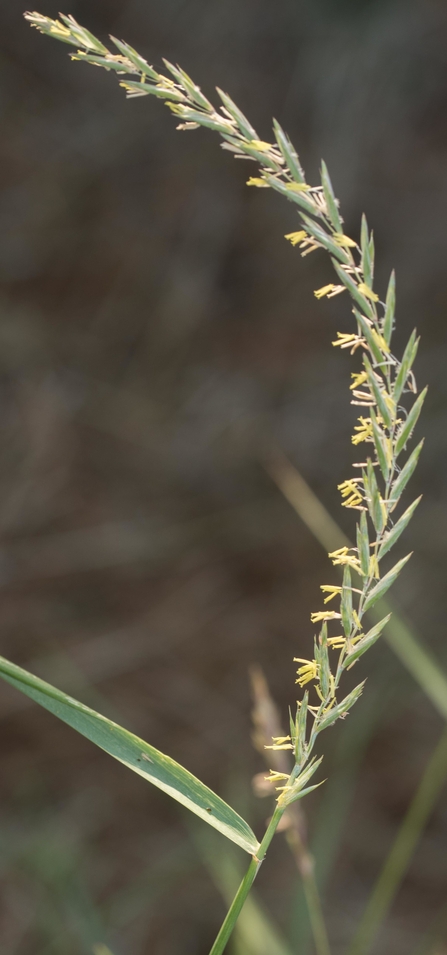
Brian Eversham

